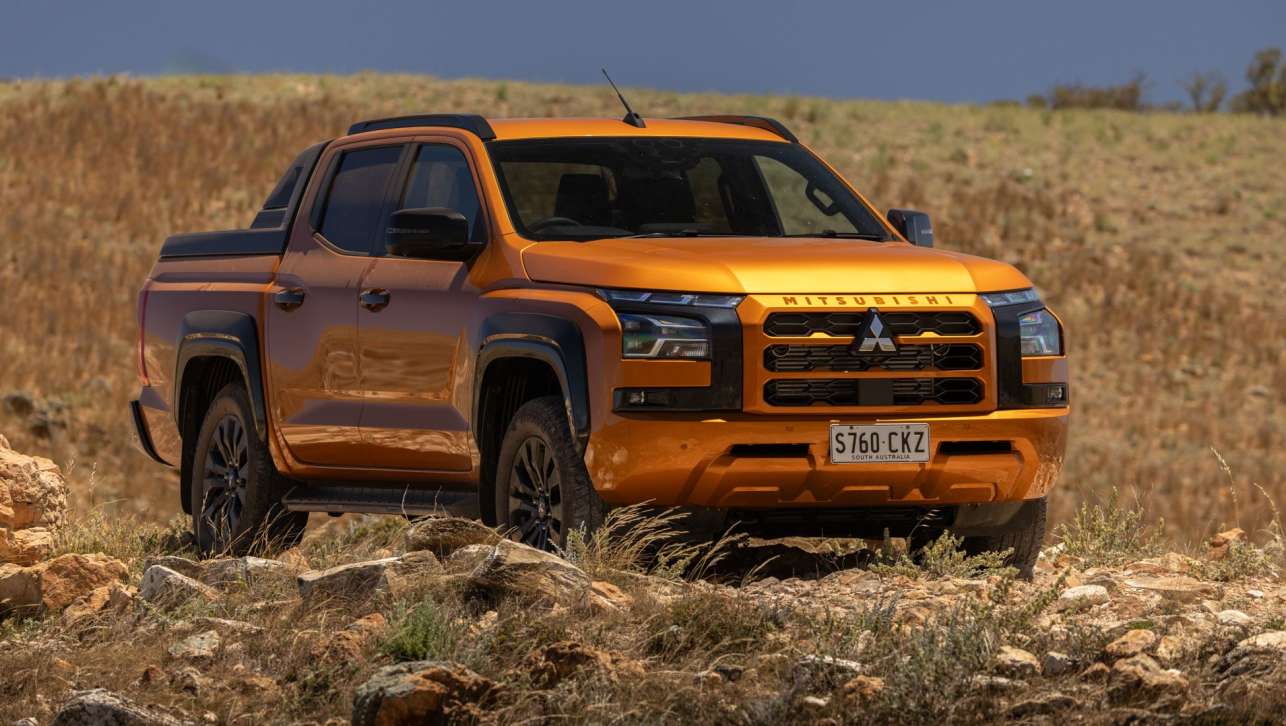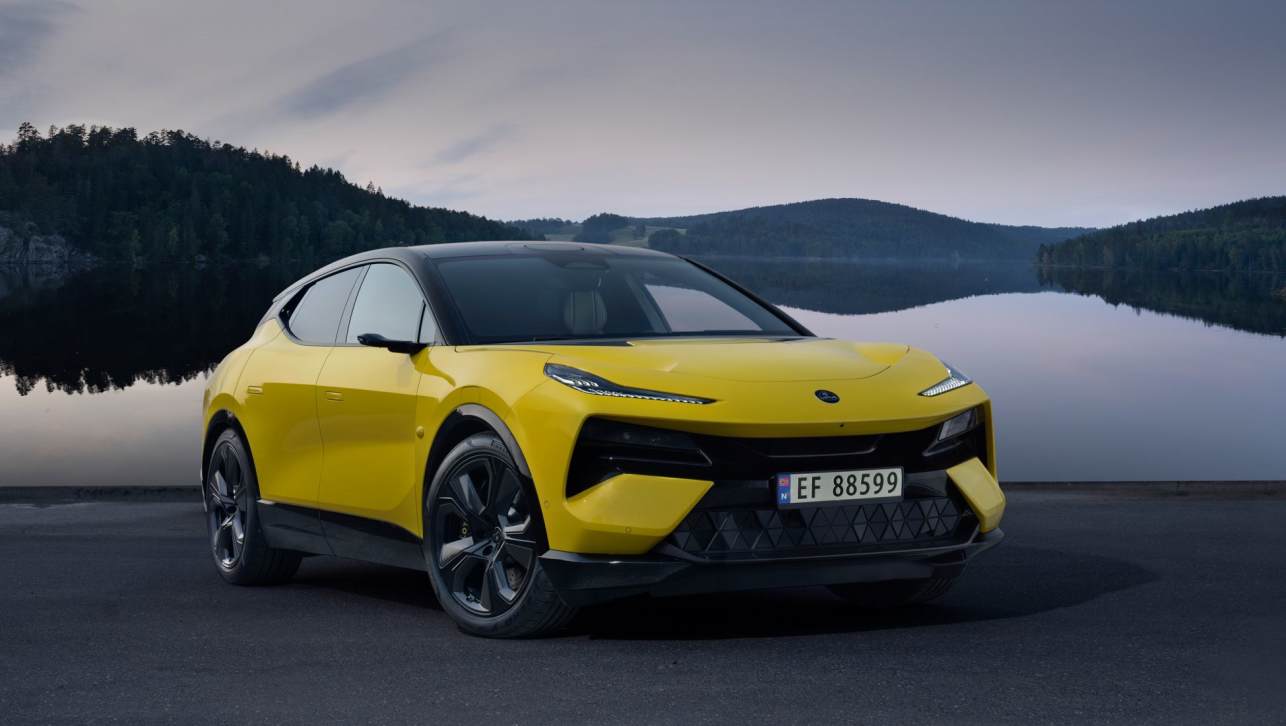The car company with safety tattooed on every model it makes is changing direction.
Volvo has been focused on passive safety systems — the seat belts, airbags, crumple zones and other technologies that protect you — as a core belief since it produced its first laminated windscreen.
Now it is looking at ways to prevent crashes.
The Swedish company is increasingly turning its attention to active safety systems, looking at big-brother electronics that will help you avoid hitting other cars and pedestrians.
They will steer you back into your lane if you wander, warn you if your driving is becoming erratic and let you know of dangers still out of sight.
“Though Volvo is world-renowned for its passive safety systems, we're still constantly developing the safety of our vehicles, particularly in active safety,” Volvo Cars Australia public affairs manager Laurissa Mirabelli says.
“Though manufacturers have been working on active safety systems for a number of years, active safety hasn't really been on the public agenda until recently. The traditional focus was on passive safety such as airbags, seat belts, stronger passenger cells — all the things that protect you if you crash.
“But with the active safety systems we have in development, we can move another step towards the ultimate goal: preventing avoidable crashes.”
Volvo is not alone. Companies including Mercedes-Benz, which is probably the world's safest brand, and a group of others are all making a greater effort on passive safety.
Renault has stability control on everything it makes, and a growing number of carmakers, including Mitsubishi with its latest Lancer, are making this lifesaving system standard.
But Volvo is going further and now has a system called Collision Warning with Auto Brake that detects vehicle-to-vehicle crash risks, already seen here in the XC70 soft-roader.
It is being further developed to identify pedestrians with wide-angle radar that sweeps the area to the front and around the car.
Like a car-to-car collision-avoidance system, which is intended to prevent rear-end crashes, the pedestrian-sensing technology will give audible and visual alerts, pre-charge the brakes and then start to apply them, increasing the hydraulic pressure as needed to assist panic braking.
If the driver doesn't start braking and collision is imminent, the car's brakes are activated automatically.
The automatic braking can reduce the car's speed by about 30km/h, which means that in certain situations a collision won't be completely avoided.
Another technology being developed is Volvo's Lane Departure Warning system, which sounds an alarm if you stray across the lane markers without having used your indicators.
Volvo is working on a more advanced version called Collision Avoidance by Auto Steering.
It will use cameras and increased radar capability to automatically pilot you back into your lane.
The company is conducting tests to determine the appropriate amounts of steering intervention and speed range the system will be able to operate within.
Volvo's radar-based City Safe system is designed to avoid low-speed collisions, such as rear-enders at roundabouts, when the car in front fails to move with the traffic.
At speeds of up to 30km/h, the technology senses speed differences of up to 15km/h between your car and the one in front and applies the brakes to slow you or bring you to a stop.
Meanwhile, Driver Alert Control uses cameras to monitor your vehicle's movement between lane markings, sounding an alarm and flashing a “cuppa” symbol on the instrument display if your driving pattern becomes erratic.
And, like Mercedes-Benz and other companies, Volvo is also researching car-to-car communication that warns drivers of dangers well ahead of them.
For example, your car could pick up the information that another car around the next corner has just slammed on the brakes, allowing you more time to slow down and prepare to brake if necessary.
Volvo has several test vehicles already communicating with each other, but says a global system would need a standard language so all vehicles — no matter what make or model — can talk to each other.
But while the inter-car communication could take up to a decade to develop, the other technologies will be here within the next few years, Mirabelli says.
“The city-safe, pedestrian-avoidance and driver-alert systems will be here in the next couple of years, with the lane-correcting auto-steering not far behind,” she says.
“As for the car communication system, it depends on how soon all the car manufacturers can get together with a single communication platform. It will depend on finding that common language, so we are unlikely to see the technology on cars before 2015. It's just a matter of finding common ground.”





.jpg)



.jpg)

.jpg)

















Comments